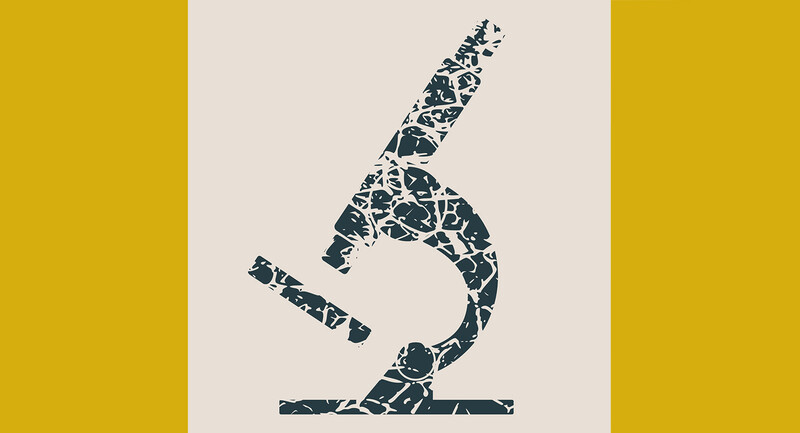"Our Future Depends on Doing Better": Q & A with John B. King, Jr.
As a champion for educational equity, John B. King Jr. has had a hand in shaping schools from just about every angle. He's been a classroom teacher, a middle school principal, a charter school cofounder, the first African American and Puerto Rican to be New York State Education Commissioner, and the 10th U.S. Secretary of Education under President Barack Obama. Now, as president and CEO of The Education Trust, King leads the nonprofit's mission to remove systemic barriers and opportunity gaps that disproportionately affect students of color and low-income students.
King, who will be a featured speaker at ASCD's upcoming Conference on Educational Leadership (Nov. 7—10 in National Harbor, Md.), faced barriers of his own during his childhood in New York City. After losing both of his parents to illnesses by age 12, he found solace in the classroom. He credits his teachers for providing a safe and nurturing space when life outside of school felt hopeless and for being the reason he made improving education his life's work. ASCD spoke to King by phone about how educators can teach and lead with equity in mind.
The primary focus of your work is educational equity, especially for low-income students and students of color. What do you think are the biggest barriers students face?
As a country, we give the least to the students who need the most. Students from low-income backgrounds and students of color get less access to quality early-childhood education, less access to well-prepared and well-supported teachers, less access to a well-rounded education that extends beyond English and math, less access to advanced coursework, less access to school counselors, and less access to supports so that they can successfully transition to postsecondary opportunities.
It's also true that we are providing less in the way of resources. The Education Trust's "Funding Gaps 2018" report found that, as a country, we're spending about $1,000 less per student in our highest-poverty districts compared with our wealthiest districts. The disparities based on race are even larger: We're spending about $1,800 less per student in districts that serve the largest populations of students of color compared with those serving the fewest. These challenges are bound up with our nation's history around issues of race and class, but our future depends on doing better.
What should schools focus on first when addressing those barriers?
Given the research on the impact of quality early-childhood education experiences, if I had only one additional dollar to spend, I would spend it on that. In K-12, what's most important is focusing on the people: making sure we have well-prepared, well-supported, well-compensated teachers and principals, and that we are getting the strongest educators to work with students who need the most support.
What's your current vision for The Education Trust's work?
The mission of The Education Trust is to advance education equity for students from low-income backgrounds and students of color in P-12 education and higher education. One of the things we've tried to prioritize is ensuring that states use the flexibility granted under the Every Student Succeeds Act to advance equity. We've put significant effort into supporting coalitions of state advocates in demanding that governors, legislators, state commissioners, and state boards focus on equity gaps.
We also have had to broaden our lane given all the attacks on civil rights and education equity from the current federal administration. We are very concerned about undocumented students being denied access to opportunities and about the dismantling of civil rights enforcement at the federal level that is undermining opportunities for students of color, LGBTQ students, and students who are victims of sexual assault.
As a former secretary, what advice would you pass along to current Secretary of Education Betsy DeVos about running the U.S. Department of Education?
The education department has two core functions: civil rights protection and advancing education equity. The current administration is failing in both respects. The first piece of advice would be to refocus attention on those two core responsibilities. Second would be to listen to parents', teachers', and students' concerns around equity issues.
For example, the administration's awful decision to roll back guidance on protecting the civil rights of transgender students reflects a decision to ignore what students and educators and families are saying about kids' experiences in school. When I was secretary, I visited Orlando, Fla., after the Pulse nightclub shooting. I met with LGBTQ young people and what I heard from students was how they'd been bullied—not only by peers but also by adults in school. Students were afraid to use the bathroom because they were harassed. It's outrageous that this administration would ignore that suffering.
My hope remains that the leadership of the department will spend time really listening to the voices of students who have been denied equitable opportunities, and that will cause them to change direction.
How would you define what resilient leadership looks like on the ground?
We must be able to simultaneously understand and hold two truths in our minds. One is that our students can face many obstacles to their success—from living in poverty; to growing up homeless or hungry; to experiencing domestic violence, or substance abuse in their families. As educators, we ought to be loud about the need for society to do more to address those things and think about how we connect kids and families with wraparound services.
The second truth is that our job as educators is to make every moment of school as fantastic as possible, to make instruction engaging and compelling and effective, to create environments that tap into students' strengths and give them opportunities to shine (whether that's through the arts or athletics or in the science lab or in creative writing). I see that as a core element of resilient leadership on the part of teachers and principals.
You have credited New York City's public school teachers for "saving your life." What do you see as the key pieces of relationship-building with students, especially those who might be going through hardships outside of school?
My mom passed away when I was 8 years old. My dad was very sick with undiagnosed Alzheimer's, and he passed away when I was 12. School was the place that was safe, nurturing, supportive, and interesting when home was often lonely and even scary. I had a teacher in grades four through six, Mr. Osterweil, who was like a surrogate parent for me. I remember things we did in his class like it was yesterday, from doing productions of "A Midsummer Night's Dream" and "Alice in Wonderland," to reading the New York Times every day, to going to museums and the ballet.
After my parents passed away, teachers were always the ones who gave me a sense of hope and possibility. I firmly believe that the work that educators do every day is life-saving work. Every teacher has kids in their classroom who are going through difficult things outside of school. Conveying support and belief and love can make all the difference alongside rich and engaging academic experiences.








